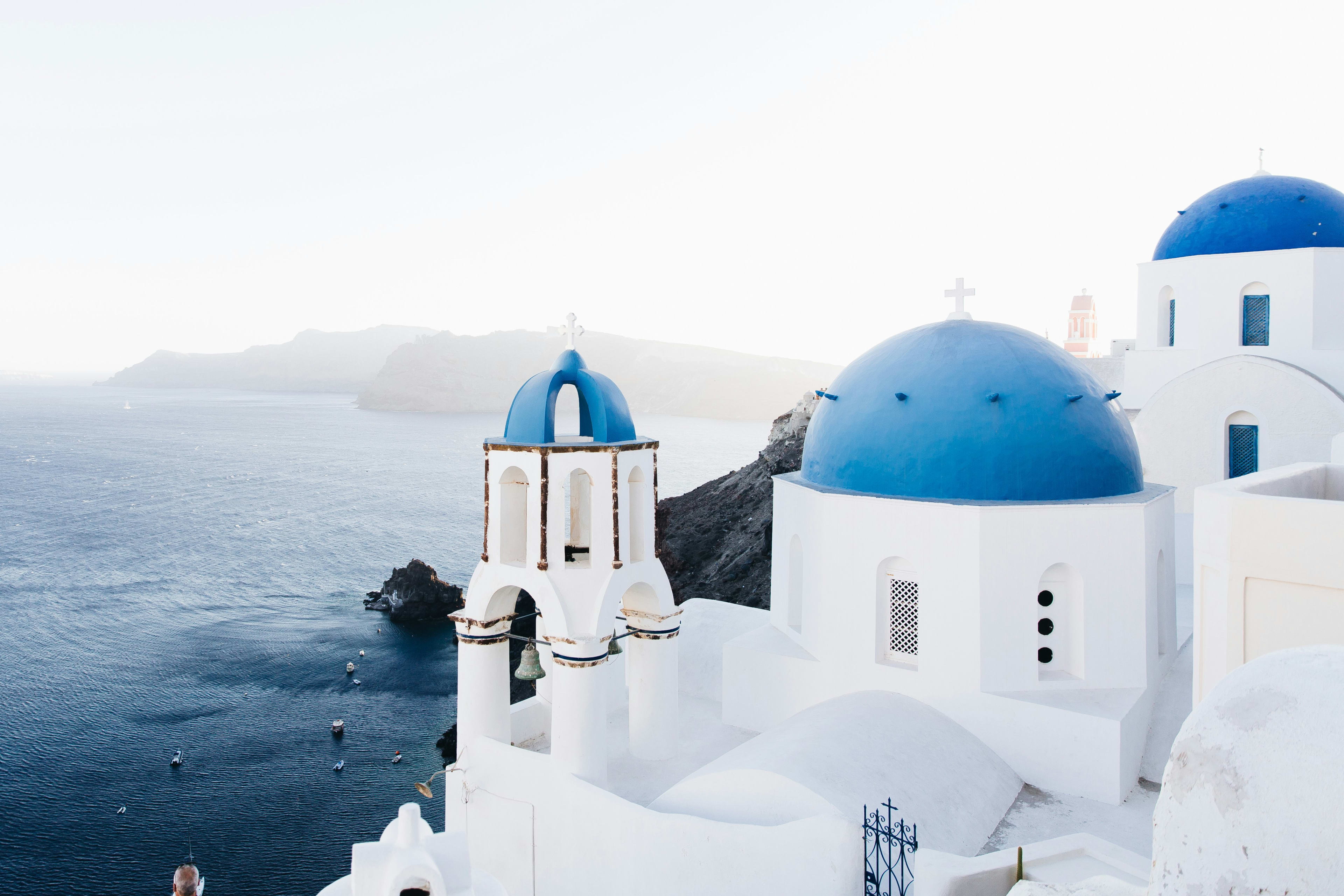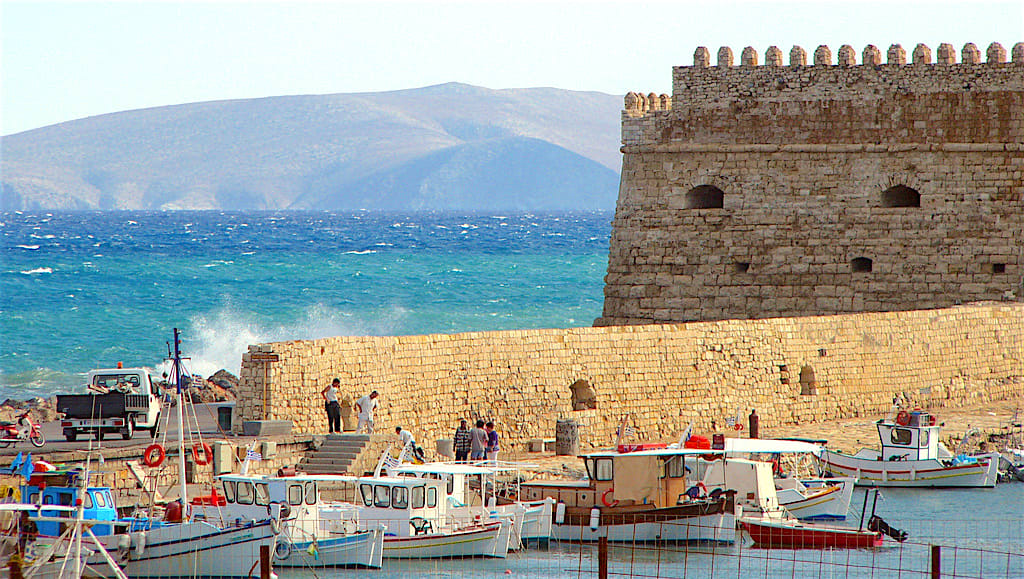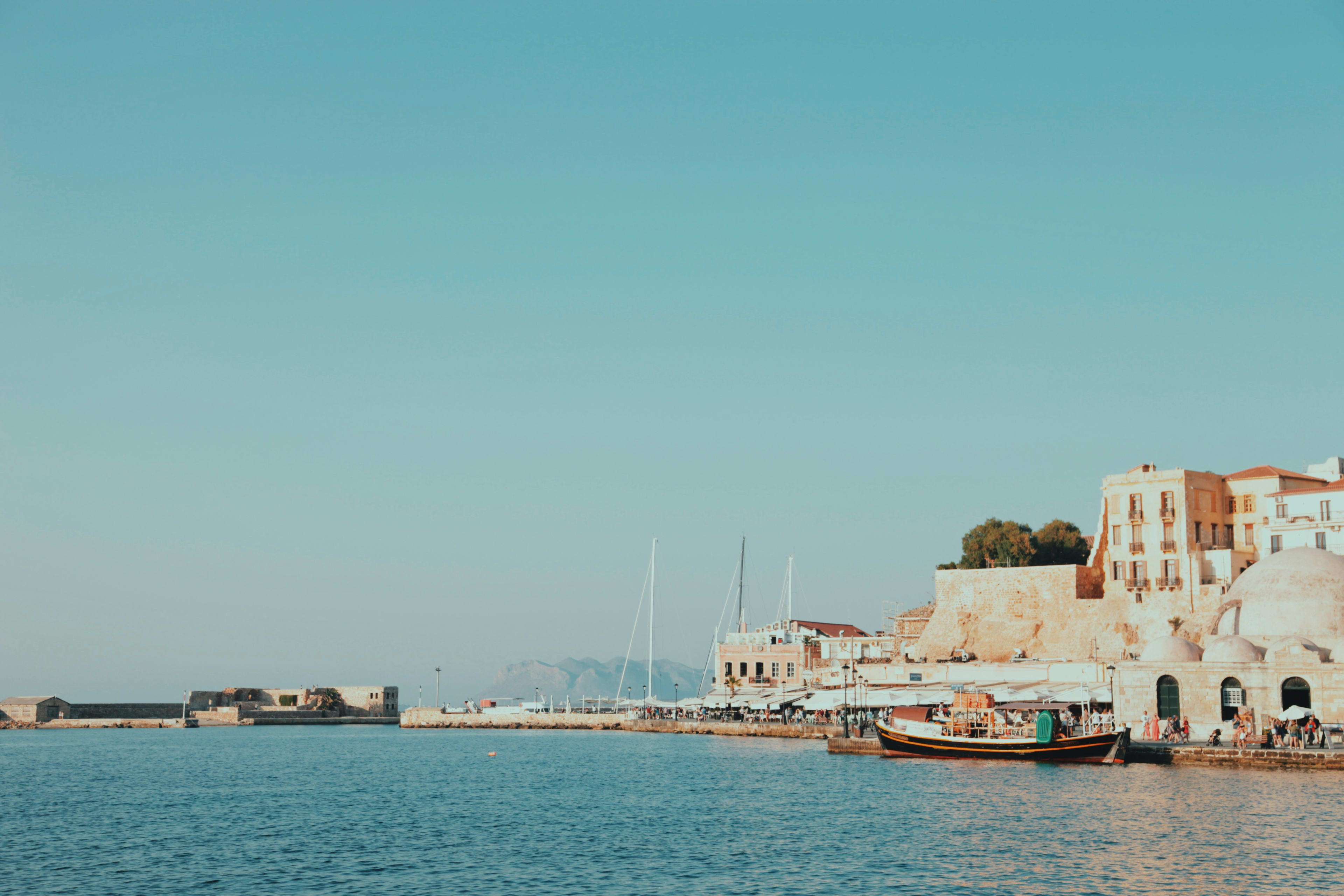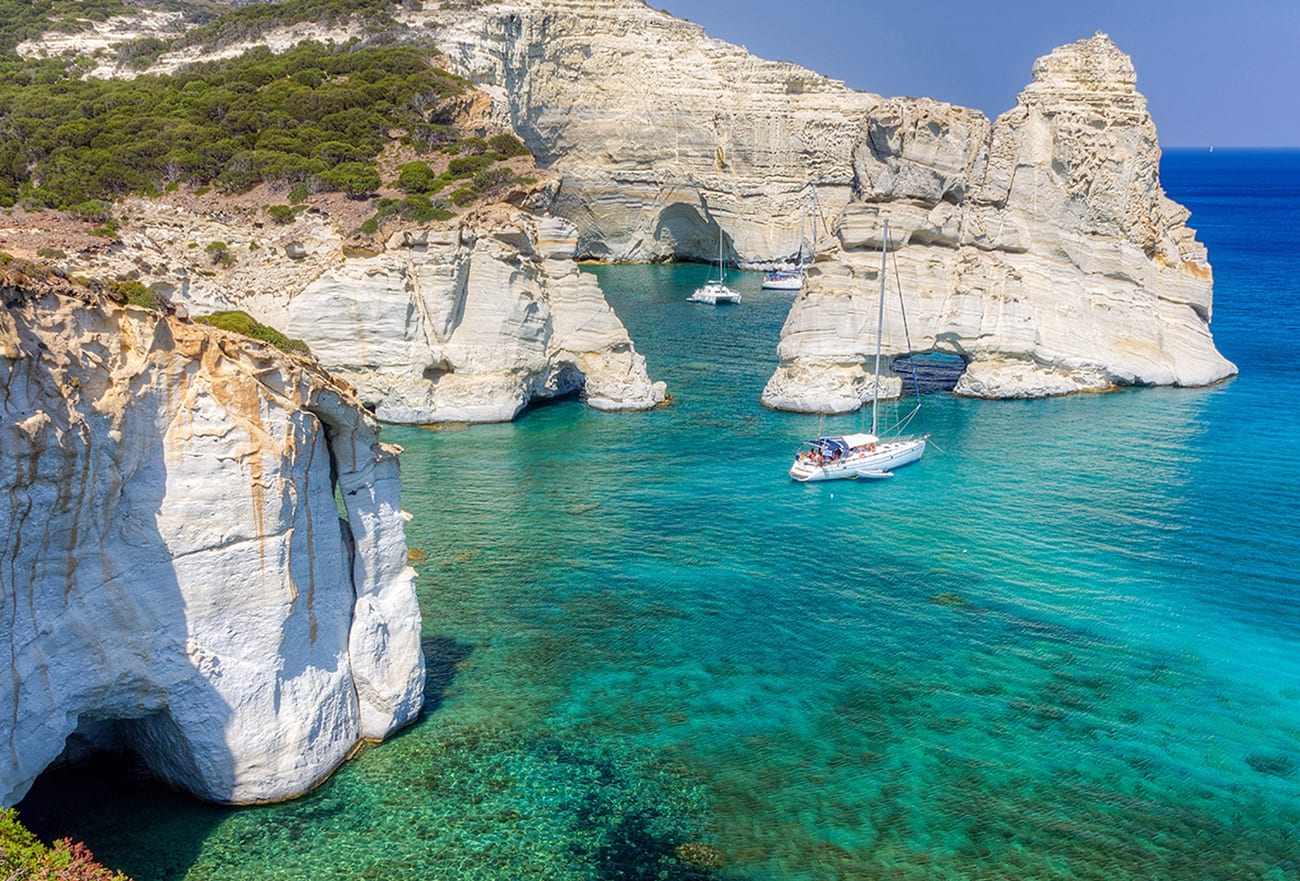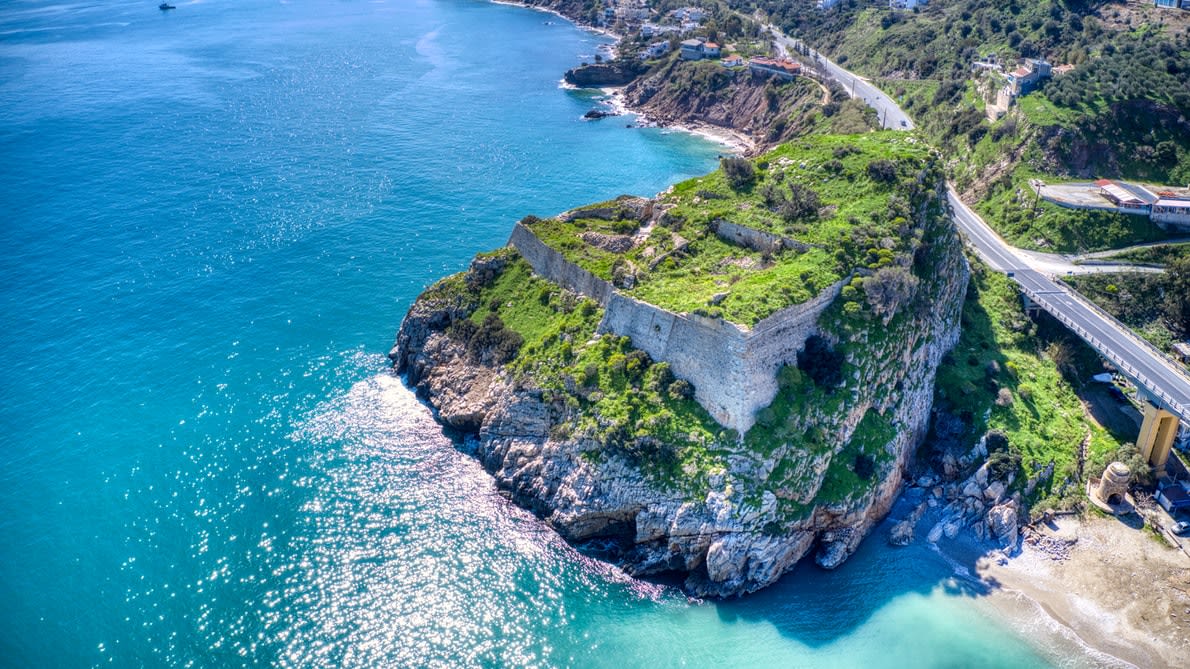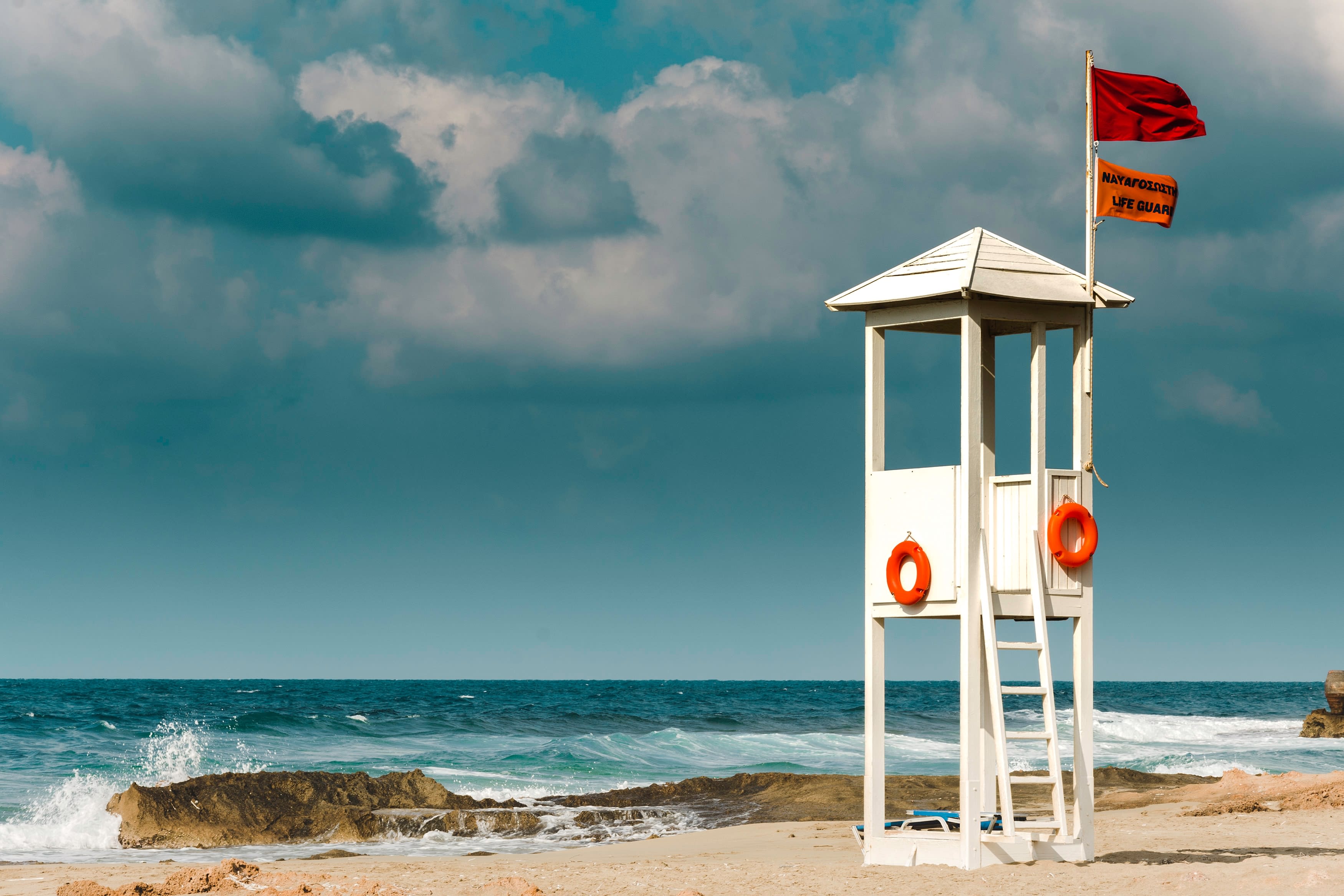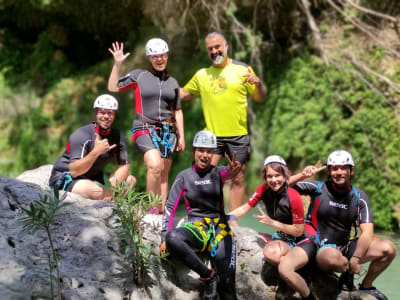
The best outdoor activities in Kourtaliotiko Gorge
3 activities match your criteria

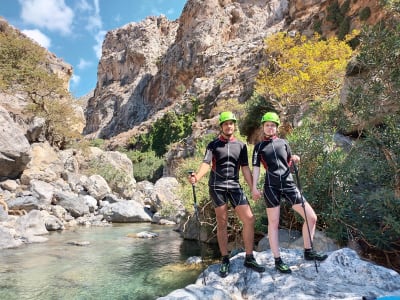
River Trekking in Kourtaliotiko Gorge Waterfall, near Plakias
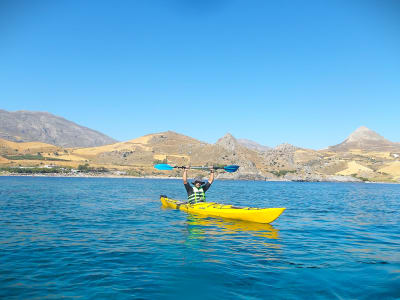
Sea Kayaking and Snorkelling Excursion from Damnoni, South Rethymno

Canyoning Excursion in the Kourtaliotiko Gorge near Rethymno

River Trekking in Kourtaliotiko Gorge Waterfall, near Plakias

Sea Kayaking and Snorkelling Excursion from Damnoni, South Rethymno
What are the activities to do in Kourtaliotiko Gorge?
Kourtaliotiko Gorge: A Wild Cretan Canyon Carved by Wind and Water
As you approach the mouth of Kourtaliotiko Gorge, the wind whistles through narrow stone walls, creating a mysterious sound that gives the gorge its name—kourtala, meaning "claps" or "rattles". Just south of Rethymno in Crete, this dramatic canyon plunges between two steep mountains, hiding waterfalls, rare birds, and an ancient path that leads all the way to the Libyan Sea.
Discover Kourtaliotiko Gorge
Kourtaliotiko Gorge is one of Crete’s most striking natural landmarks. Carved by the Kourtaliotis River, the gorge stretches for nearly 3 kilometres between the cliffs of Mount Kouroupa and the Xiron mountain range. It's an accessible slice of wilderness, just a 10-minute drive from the coastal village of Plakias, yet it feels miles from civilisation.
The gorge is more than just a pretty canyon—it's alive with movement. Winds funnel through the narrowest points, creating the strange clapping sound that gives the gorge its name. Water flows constantly along the riverbed, feeding hidden pools and cascading waterfalls, especially in spring.
Outdoor Activities in Kourtaliotiko Gorge
One of the top outdoor adventures in Kourtaliotiko Gorge is the hike from the upper viewpoint down to the lower gorge and onwards to Preveli Beach. The trail starts near the small church of Agios Nikolaos, nestled dramatically into the rock face. From there, a stone stairway leads you deep into the gorge alongside the river. Expect lush vegetation, shaded corners, and the thunder of falling water.
In summer, when the water flow slows, river trekking becomes possible. Some adventurers choose to walk or wade along the riverbed, stopping to swim in emerald pools beneath miniature waterfalls. These natural freshwater spots are especially refreshing in the Cretan heat.
Canyoning and Adventure Sports
For the more daring, Kourtaliotiko also offers seasonal canyoning routes. These typically involve abseiling down waterfalls, sliding into pools, and navigating through the narrowest parts of the gorge. These activities are only advised with experienced guides, as the terrain can be slippery and unpredictable.
Birdwatching and Nature Photography
Keep an eye on the sky. Kourtaliotiko Gorge is home to protected bird species, including the majestic griffon vulture. The sheer cliffs provide perfect nesting grounds, and you’ll often see them soaring above the gorge. Early morning or late afternoon are ideal times for photography, as the sun casts golden shadows across the rugged stone.
Local Tips for Visiting Kourtaliotiko Gorge
- Footwear matters: Wear sturdy walking shoes with grip. Even in summer, parts of the trail can be wet and slippery.
- Bring water and snacks: There are no facilities inside the gorge. Pack enough to stay hydrated and energised, especially if hiking to Preveli.
- Timing is key: Visit in the morning for cooler temperatures and fewer people. Late spring and early autumn offer the best combination of greenery and walkable conditions.
- Watch for wildlife: Don’t disturb nesting birds or climb on unstable rocks. The ecosystem here is fragile and beautiful—treat it with care.
- Driving tip: There’s a viewpoint and small parking area along the road from Rethymno to Plakias, perfect for photos and a quick look into the gorge if you’re short on time.
Best Time to Visit Kourtaliotiko Gorge
Kourtaliotiko Gorge is accessible year-round, but the experience changes with the seasons.
- Spring (April to June): Ideal for hikers. The river is full, waterfalls flow, and wildflowers bloom along the trail.
- Summer (July to September): Hotter and drier. Good for swimming and river trekking, but go early to avoid the midday heat.
- Autumn (October to November): Still warm, with fewer crowds. A peaceful time for long walks and wildlife spotting.
- Winter: The gorge can be misty and the river fast-flowing. Best admired from the viewpoints unless you’re well-equipped and experienced.
How to Get to Kourtaliotiko Gorge
Kourtaliotiko Gorge lies in southern Crete, about 22 km south of Rethymno and 10 km north of Plakias.
- By car: The easiest way to reach the gorge. From Rethymno, take the road towards Plakias. The route takes roughly 30 minutes and passes directly through the gorge itself.
- By bus: Public buses run from Rethymno to Plakias, but they don’t stop at the gorge entrance. You’ll need to get off at the nearest village and walk or arrange a taxi.
- On foot: If you’re staying in the area, you can hike parts of the gorge from nearby villages like Asomatos.
Whether you're drawn by the wild cliffs, the sound of hidden waterfalls, or the thrill of a canyon hike, Kourtaliotiko Gorge invites you to explore one of Crete’s most awe-inspiring natural wonders.
